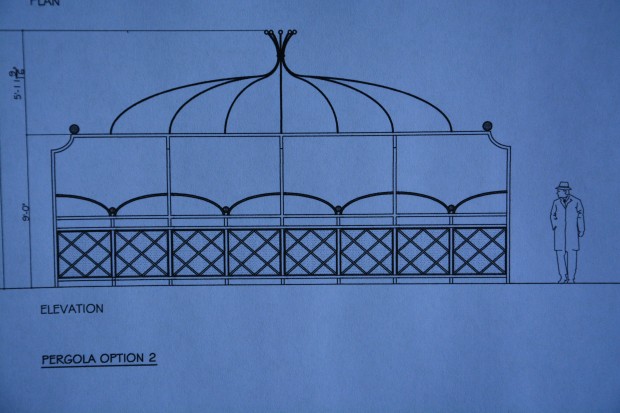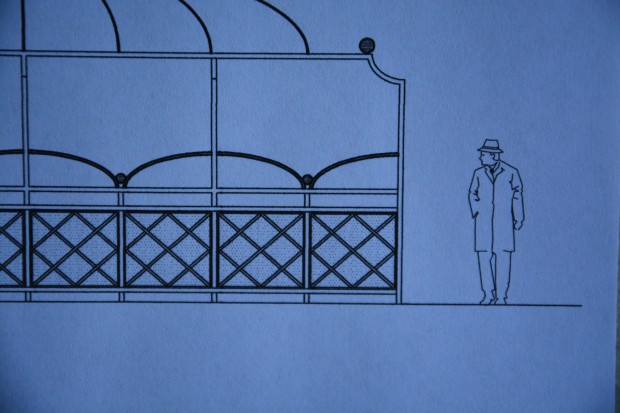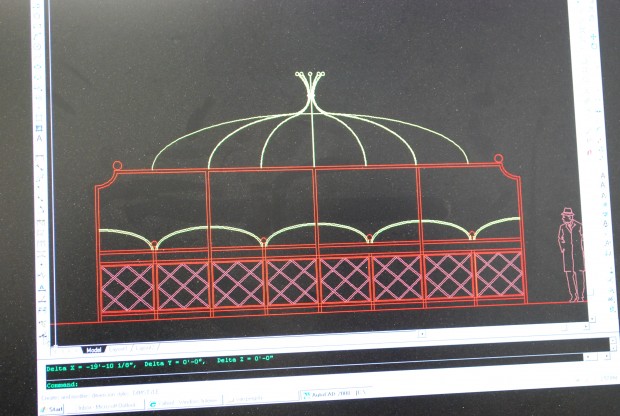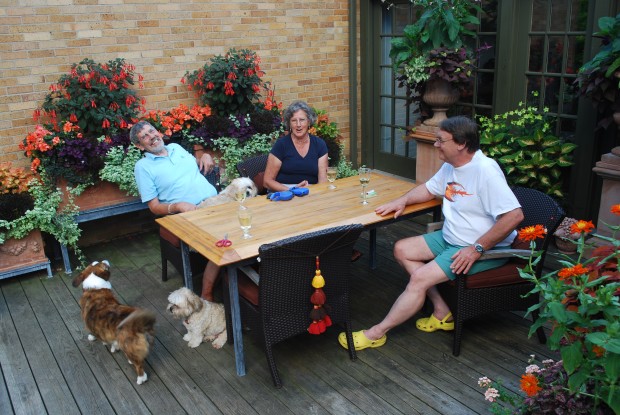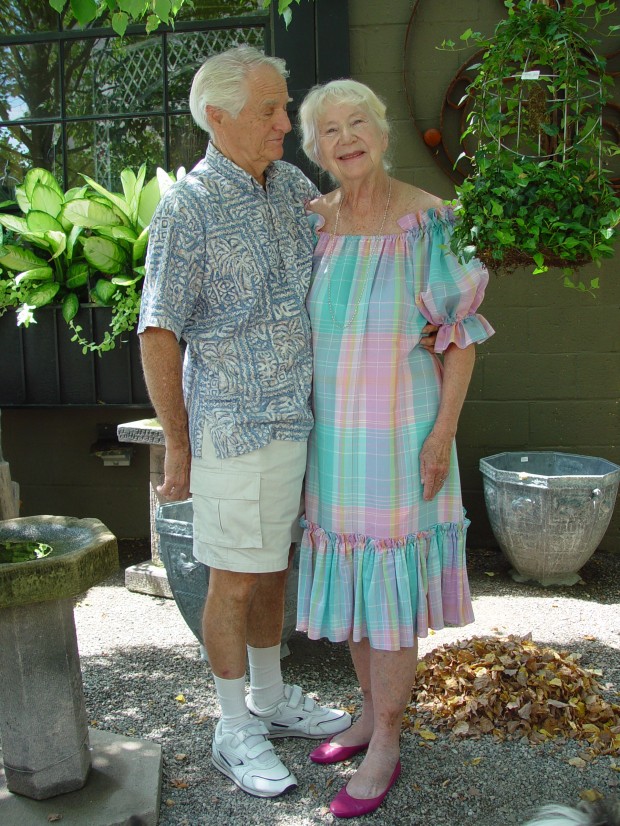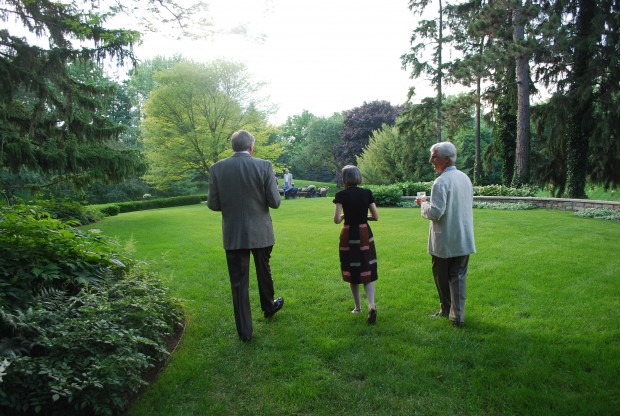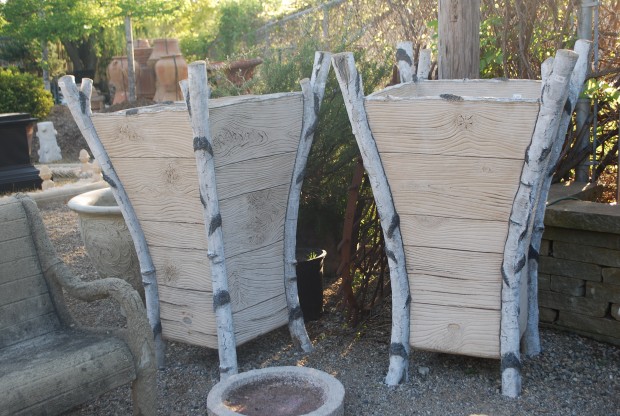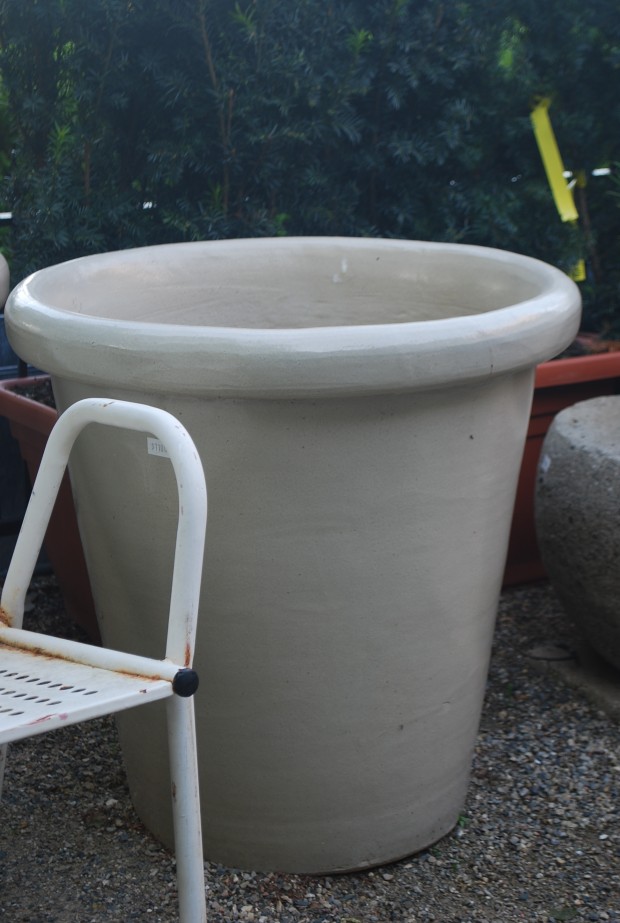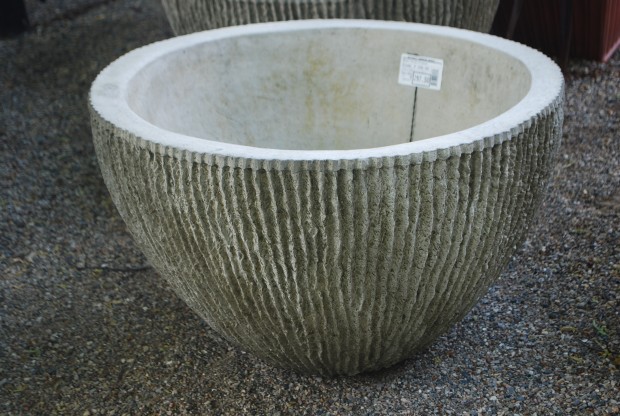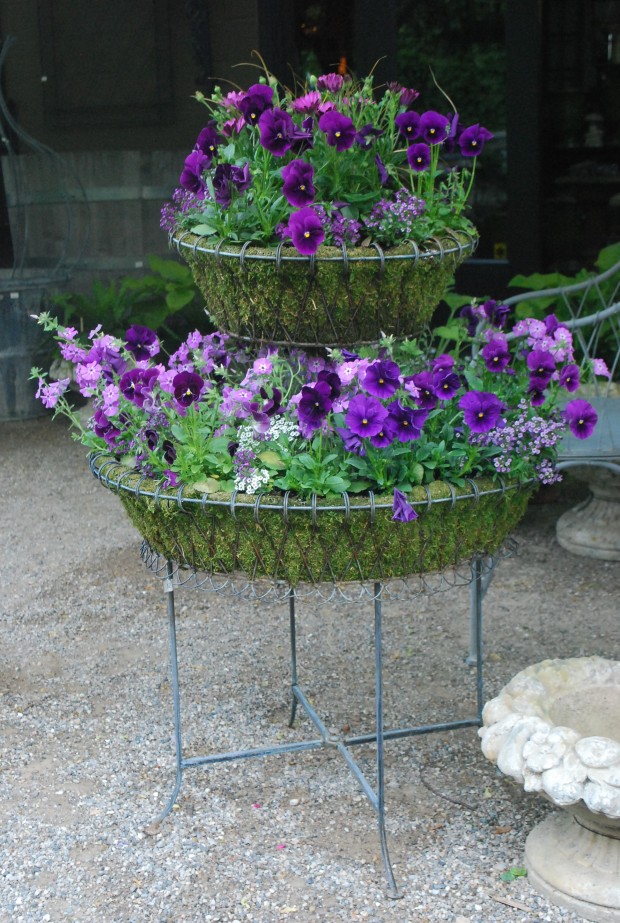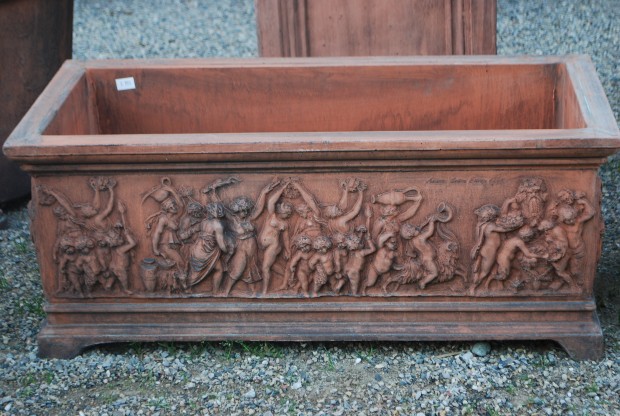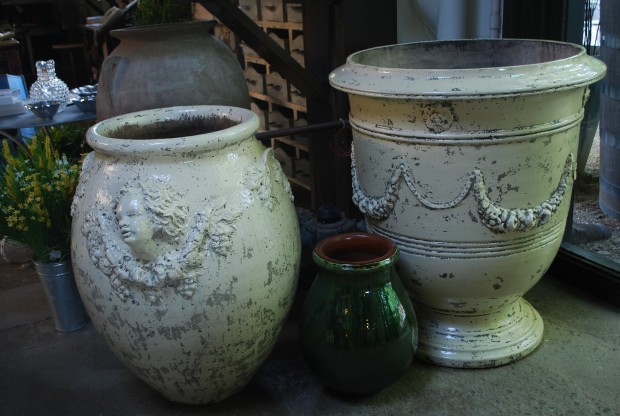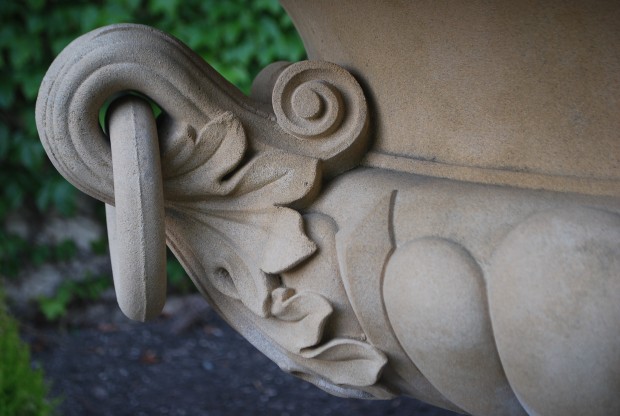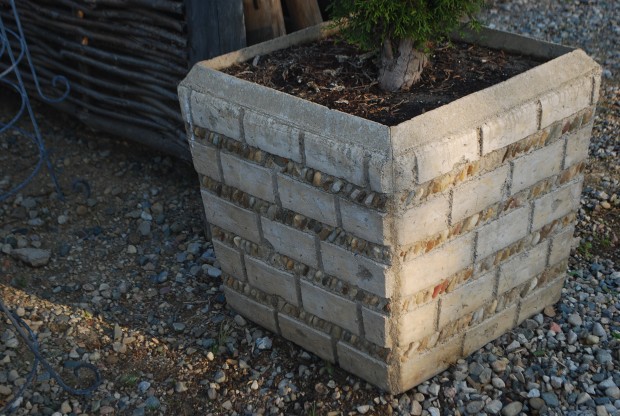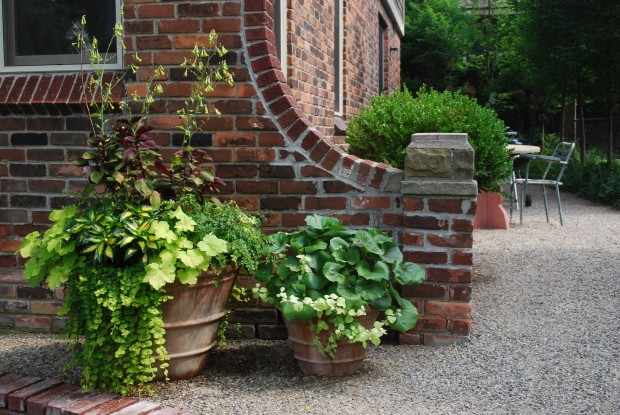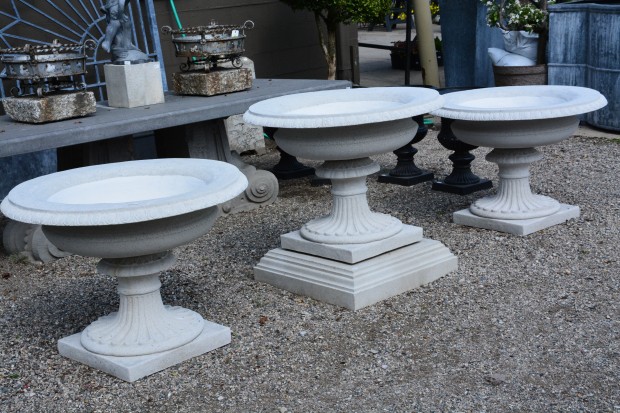 Shopping for anything is one part fun, two parts research, and 5 parts anxiety. The anxiety is the toughest part. Is this avocado ripe enough to serve tonight? Will these tennis shoes be comfortable? Will this washing machine handle all of my needs? Is this tennis racquet appropriate for my level of play? Will I like this sweater next year? Is this the right choice? You get the drift. If you have a mind to plant containers for the summer season, the first order of business is choosing the containers.
Shopping for anything is one part fun, two parts research, and 5 parts anxiety. The anxiety is the toughest part. Is this avocado ripe enough to serve tonight? Will these tennis shoes be comfortable? Will this washing machine handle all of my needs? Is this tennis racquet appropriate for my level of play? Will I like this sweater next year? Is this the right choice? You get the drift. If you have a mind to plant containers for the summer season, the first order of business is choosing the containers.
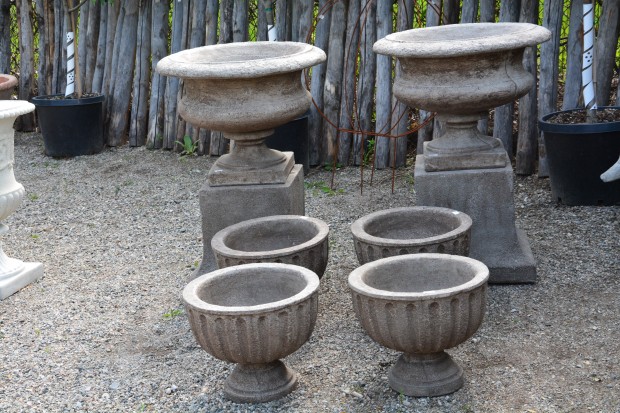 Containers first and foremost need to be of proper proportion to their placement. Little pots belong on a garden dining table. Mid sized containers are fine on a terrace. Container that flank a front door need to have a size appropriate to the front porch. Proper proportion is to my mind the single most important design element. Galvanized buckets on the stoop of a cottage or an apartment balcony are appropriately sized for the occasion.
Containers first and foremost need to be of proper proportion to their placement. Little pots belong on a garden dining table. Mid sized containers are fine on a terrace. Container that flank a front door need to have a size appropriate to the front porch. Proper proportion is to my mind the single most important design element. Galvanized buckets on the stoop of a cottage or an apartment balcony are appropriately sized for the occasion.
 Giant galvanized containers next to the side door may overwhelm that secondary entrance. That same container in the center of an herb garden is a properly sized anchor for the garden.
Giant galvanized containers next to the side door may overwhelm that secondary entrance. That same container in the center of an herb garden is a properly sized anchor for the garden.
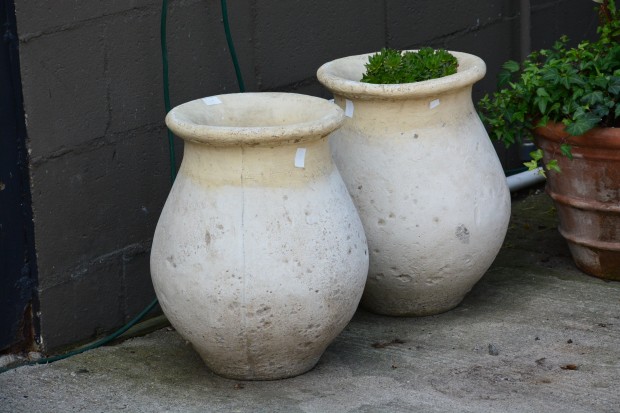 Once the issue of scale is determined, there is the issue of style. A cottage style house does well with informally designed pots. A very formal house asks for formal containers. An Arts and Crafts style house has its own language and vernacular. Containers that fit answer the architecture. A home is the largest sculptural element on a property. The pots need to follow suit. Breaking the rules can be effective. A large pot in a small space can be very effective. A traditional home complimented by contemporary pots can present an unexpected visual pleasure.
Once the issue of scale is determined, there is the issue of style. A cottage style house does well with informally designed pots. A very formal house asks for formal containers. An Arts and Crafts style house has its own language and vernacular. Containers that fit answer the architecture. A home is the largest sculptural element on a property. The pots need to follow suit. Breaking the rules can be effective. A large pot in a small space can be very effective. A traditional home complimented by contemporary pots can present an unexpected visual pleasure.
 Containers are available in all sizes. Tall and short. Tall urns can sit on the ground. Short urns can be elevated off the ground with pedestals. Narrow containers can dress up a tight space. Wide containers can hold down a big space. The tall and the short of it depends on what you want at eye level. Tall containers, or urns on pedestals, can be seen from the sidewalk. Low and wide planters can warm up a pool deck. Small planters can dress up a garden table. Medium height planters can put the flowers at eye level on a dining terrace. A big tall planter, planted big and tall, becomes a screen warding off bad views. A fabulous antique stone urn planted with a dome of moss focuses attention where it should be – on the urn.
Containers are available in all sizes. Tall and short. Tall urns can sit on the ground. Short urns can be elevated off the ground with pedestals. Narrow containers can dress up a tight space. Wide containers can hold down a big space. The tall and the short of it depends on what you want at eye level. Tall containers, or urns on pedestals, can be seen from the sidewalk. Low and wide planters can warm up a pool deck. Small planters can dress up a garden table. Medium height planters can put the flowers at eye level on a dining terrace. A big tall planter, planted big and tall, becomes a screen warding off bad views. A fabulous antique stone urn planted with a dome of moss focuses attention where it should be – on the urn.
 Antique stone troughs come with lots of history attached. Planted with succulents, they are great for those moments when a gardeners looks downward. They can be filled with water and water plants. Any container properly sited will look good, even when it is empty.
Antique stone troughs come with lots of history attached. Planted with succulents, they are great for those moments when a gardeners looks downward. They can be filled with water and water plants. Any container properly sited will look good, even when it is empty.
 No container does face to face better than an urn on a pedestal. Face to face is good at the front door. Or in the center of a beautiful garden. Or as a focal point in a landscape. This English concrete urn in the classical Italian style has a considerable presence, and could organize a fairly large space. This urn features detail such that the planting would need to acknowledge rather than cover it.
No container does face to face better than an urn on a pedestal. Face to face is good at the front door. Or in the center of a beautiful garden. Or as a focal point in a landscape. This English concrete urn in the classical Italian style has a considerable presence, and could organize a fairly large space. This urn features detail such that the planting would need to acknowledge rather than cover it.
 Fiberglass planters are light weight. They are perfect for water gardens. Spherical planters are especially effective in contemporary and geometrically organized landscapes. They are great next to a lounge chair, or a bench. A well planted bowl will keep you company.
Fiberglass planters are light weight. They are perfect for water gardens. Spherical planters are especially effective in contemporary and geometrically organized landscapes. They are great next to a lounge chair, or a bench. A well planted bowl will keep you company.
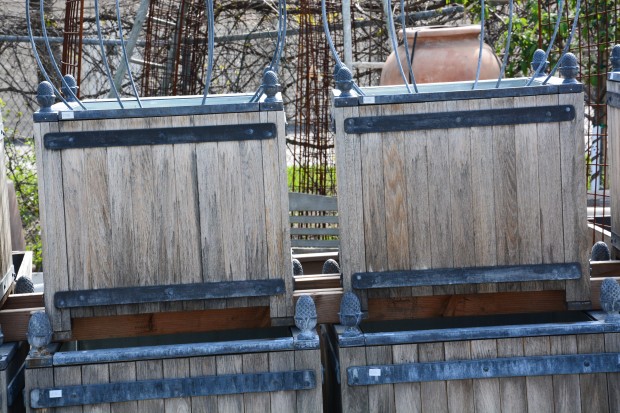 The material of a planter says much about style, period, and architecture. Formally designed and fabricated wood orangery boxes recall an age centuries old. French formal, for sure. Four wood orangery boxes could organize a formal landscape with ease. One casually fabricated or vintage wood box stuffed with herbs at the center of a cottage style vegetable garden is all about home. Great meals. Fresh food. When the wood starts to deteriorate, no cause for alarm.
The material of a planter says much about style, period, and architecture. Formally designed and fabricated wood orangery boxes recall an age centuries old. French formal, for sure. Four wood orangery boxes could organize a formal landscape with ease. One casually fabricated or vintage wood box stuffed with herbs at the center of a cottage style vegetable garden is all about home. Great meals. Fresh food. When the wood starts to deteriorate, no cause for alarm.
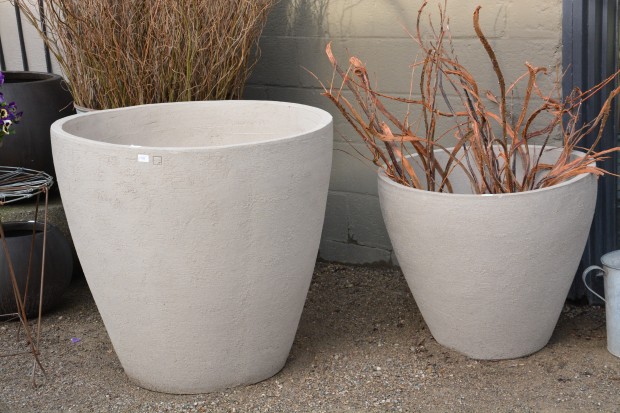 Belgian stoneware containers are subtly textured. They are solid, simply modern in shape, and frost proof. Any contemporary home and garden would be happy for them. That said, the simplicity of their shapes make them easy to fit into any scheme.
Belgian stoneware containers are subtly textured. They are solid, simply modern in shape, and frost proof. Any contemporary home and garden would be happy for them. That said, the simplicity of their shapes make them easy to fit into any scheme. 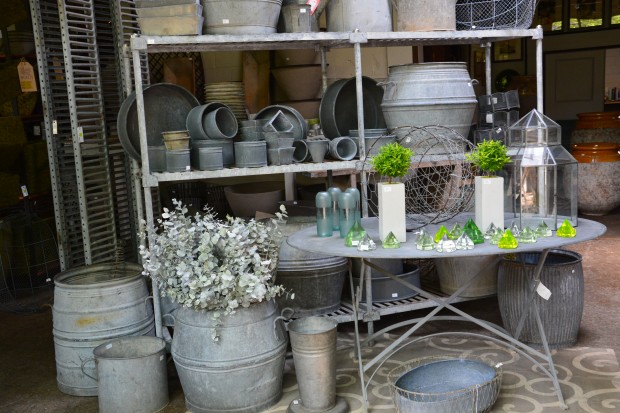 Galvanized metal buckets and tubs are an alternative idea. Once you have sorted out the proportions, the style, and the size, and the aura, you may have the idea to go way wide. Or way unexpected. Have at this.
Galvanized metal buckets and tubs are an alternative idea. Once you have sorted out the proportions, the style, and the size, and the aura, you may have the idea to go way wide. Or way unexpected. Have at this. 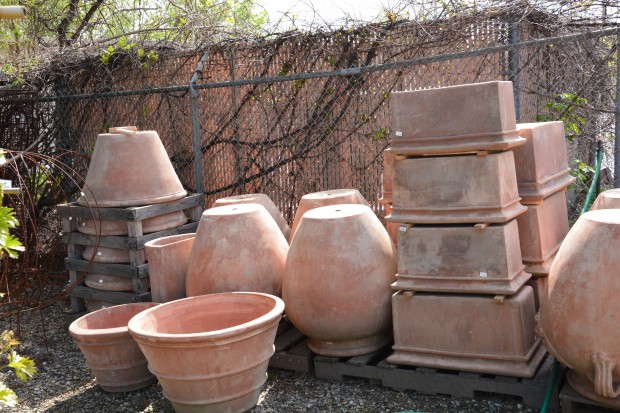 I find that no matter what containers I would choose for my landscape, the container usually chooses me. The containers that would work well for you will choose you, if you listen. This can make a decision much easier to come by. What container would your home, terrace or garden choose?
I find that no matter what containers I would choose for my landscape, the container usually chooses me. The containers that would work well for you will choose you, if you listen. This can make a decision much easier to come by. What container would your home, terrace or garden choose?
 Every home and garden has an identity all its own. What gets contributed by the gardener in charge makes that presentation all the more beautiful for being personal.
Every home and garden has an identity all its own. What gets contributed by the gardener in charge makes that presentation all the more beautiful for being personal.
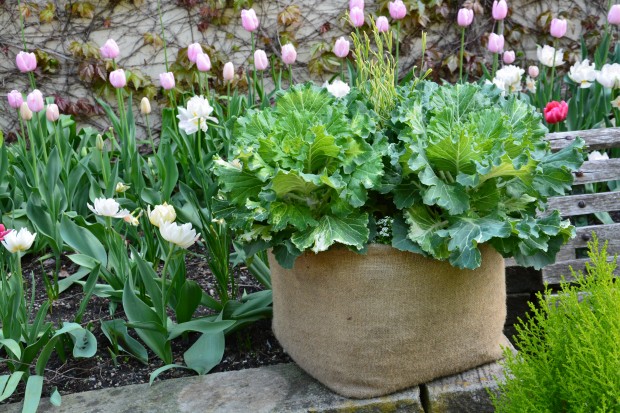 Who’s choosing whom? Good container choices depend on a lively interaction.
Who’s choosing whom? Good container choices depend on a lively interaction.
